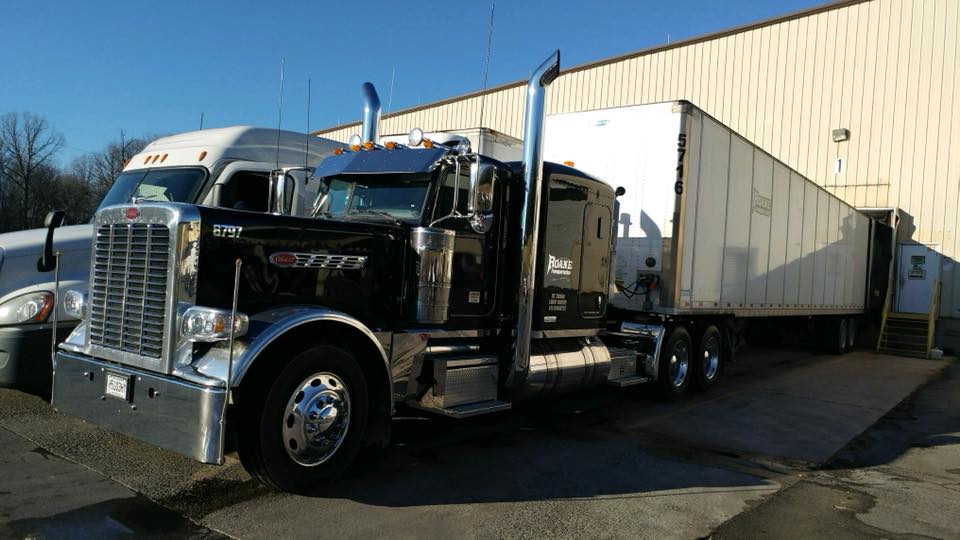When it comes to freight shipping options in the US, the possibilities are plentiful. You can ship the traditional Full Truck Load (FTL), air freight, van move, air ride, partial truckload, or Less than Truckload (LTL). Wading through these numerous shipping options can be difficult. Depending on what you are shipping and where it’s going, there is usually a “best option” when choosing the correct shipping method for you.
We hear the question, “What is LTL trucking,” poised quite a bit and so we thought we’d address, not only the definition but also recent trends in LTL trucking that hold the possibilities of being a disruptive force in the transportation industry.
What is LTL?
LTL, meaning less than load, is a term to describe hauling a load that is less than an entire truckload. That is, less freight than it would take to fill up your standard 53’ semi-trailer. LTL shipments typically start at loads that weigh 150 pounds or more, and that is too large for your typical parcel services, such as FedEx Ground, the U.S. Postal Service, or UPS, but not large enough to need an entire truck. Cargo is typically placed in a crate or on a pallet and shares room on the truck with other customers shipping LTL.
LTL trucking works by using a network of local and regional terminals and distribution centers which work in unions via a logistics department that tracks and manages your shipment from pick-up to the final destination. The primary alternative to LTL is Full Truck Load or FTL.
LTL vs. FTL
One significant difference between LTL and FTL is the amount of time that your shipment takes to reach its destination. Because LTL trucking involves more stops due to multiple customer shipments onboard, it is likely to take longer to ship or receive your goods when compared with FTL shipping. With LTL trucking, shippers can typically pay an extra fee to have your shipment expedited if the timing of the delivery is a factor.
With LTL you can have as little as one pallet of goods to be shipped, while FTL typically requires ten or more pallets needing to be sent to make sense monetarily wise.
Drivers take great care to deliver goods undamaged; however, because LTL shipments can be transferred during transport and involve multiple loading and unloading, they can be considered at higher risk than FTL of damage. This risk can be mitigated in LTL shipping by palletizing your cargo and ensuring that everything is packaged securely.
LTL Shipping Trends
LTL trucking has revolutionized the trucking industry in several ways and has mainly emerged to compete with Amazon and other large corporations that are using technology as a disruptive force to how people shop for goods. As supply chains shorten, frequent shippers have become more focused on smaller, lighter loads, which also lends itself well to LTL.
How to Save Shipping LTL
For shippers, LTL has a cost advantage, as you will only pay for space on a truck that you need. While you are likely to save money shipping LTL vs. FTL, your price will depend on:
- The type of delivery that you have (standard trailer vs. Flatbed)
- Your shipment weight
- The overall dimensions of your freight
- The distance your freight will travel to reach its destination.
- Any special handling or equipment needed (perishables, fragile, or hazardous materials)
Often, LTL carriers will charge less in per-pound shipping charges than your typical parcel carriers, so it’s worth checking out as an option for your next shipment.
National, Regional, and Local Commercial Transportation Services in East Tennessee
Roane Transportation offers several types of shipping services to provide the most economical and efficient transportation of your cargo. Call us today at (865) 354-3288 or visit our online contact form for your free shipping quote today.

